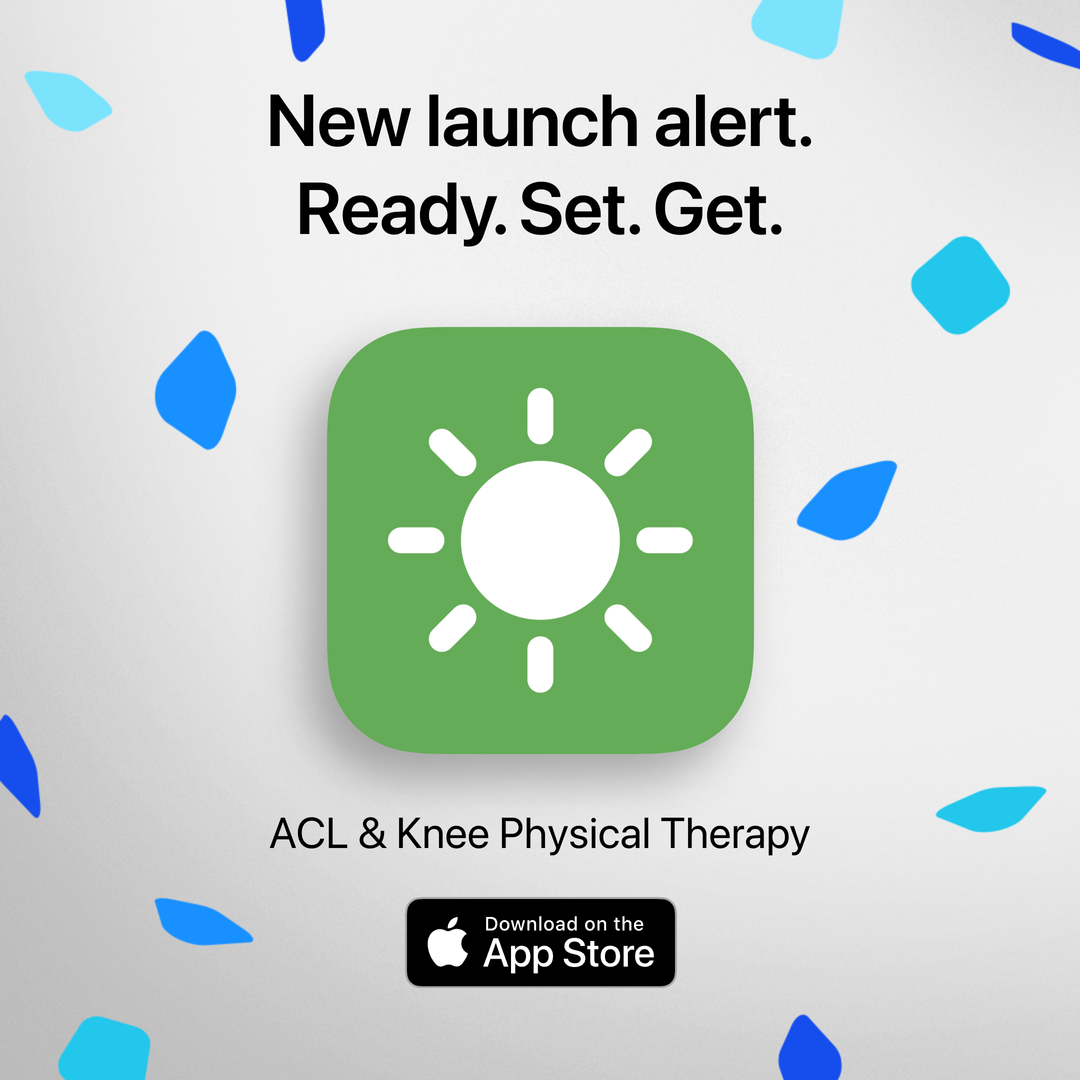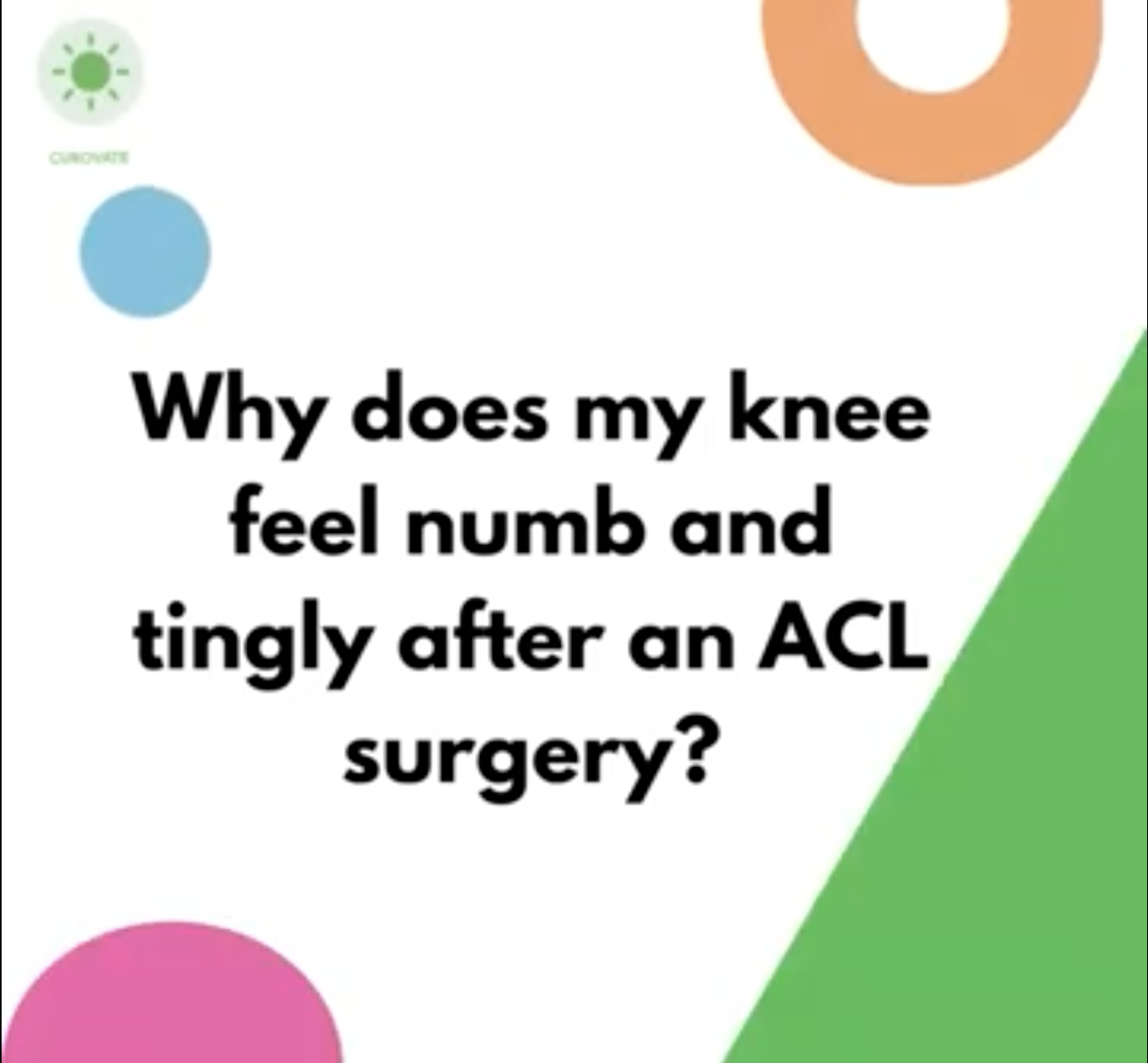It is usually normal for your knee to feel numb and tingly after ACL surgery. This is because some small nerves are cut during the surgical procedure. No need to worry, we are not talking about the really important nerves that allow you to bend and striaghten your knee, but the nerves that allow you to feel things around your knee. This video below explains all of the reasons why your knee may feel numb and tingly after an ACL surgery. To learn more read this blog about 5 tips to help you recover after ACL surgery.
Read Lauren's blog: Why Is My Knee Numb and Tingly After ACL Surgery? | Curovate
There are also 5 great blogs written by Lauren on our site where you can learn more about surgery and injury recovery.
If you have had an ACL injury or surgery, download Curovate from the links below. Curovate is a physical therapy app that provides daily video guided exericses, progress tracking, in-app chat with a physical therapist to answer your surgery or injury questions and the ability to measure your knee range of motion with just your phone.
If you need further customized assistance during your surgery or injury recovery check out our Virtual Physical Therapy page to book your 1-on-1 video session with a physical therapist.


Other Blogs Related to ACL Injuries:
- How to prevent ACL injuries
- Why is my knee numb and tingly after ACL surgery?
- Can an ACL injury lead to arthritis in the future?
- Is it normal to still have pain after an ACL reconstruction surgery?
- Should I be experiencing pain when I do my rehabilitation exercises?
- ACL Social Support
- ACL Recovery Timeline
- Why Should I Exercise before My ACL Surgery- the Importance of ACL Prehabilitation








